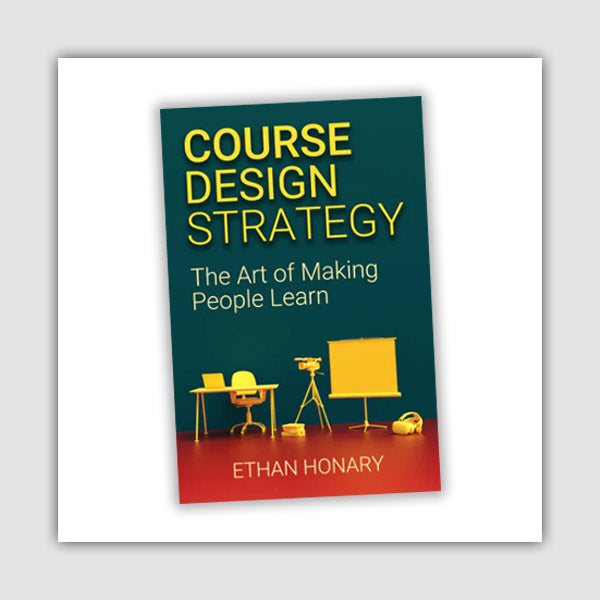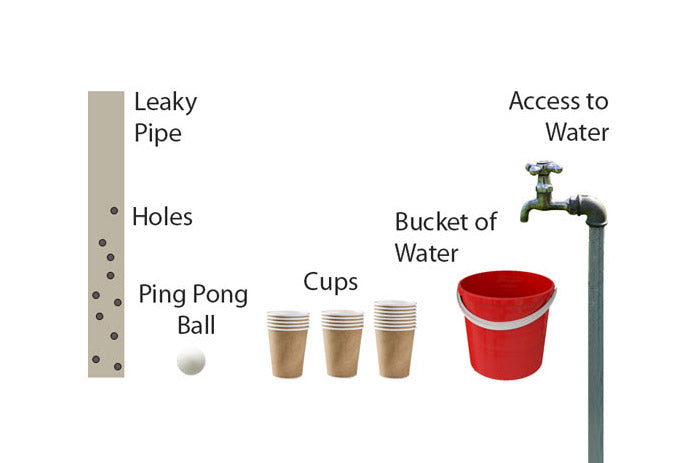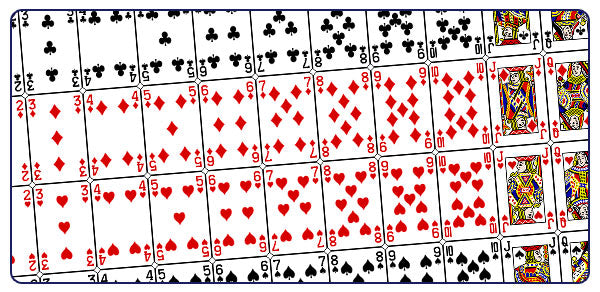Purpose
This is a famous entertaining game were a player must guess the name written on a card by asking closed questions where the answers can be “yes” or “no”. The objective is to find the name as quickly as possible. Many variations can be used to bias the exercise based on your specific training needs. A variation of this exercise can be used to teach the importance of asking open questions as opposed to closed questions to maximise information transfer. See Variations for a guideline on this.
This exercise has become immortally famous by Quentin Tarantino’s Inglourious Basterds.
Objective
Find the name written on a card attached to your forehead by only using questions that lead to a “yes” or “no” answer.
What You Need
- Sticky cards that can be stuck on a person’s forehead.
- Prize (optional)
Setup
- Create name cards. You have several options such as follows:
- Choose the names yourself and write them on the cards before the exercise
- Get the group to decide on the names.
- You can limit the choice to a subset such as celebrities, actors, politicians, scientists, singers, people from the organisation, anyone who is participating in the exercise and so on.
- Shuffle the cards and place them face down on the table.
- Ask all to pick a card at random and stick it on their foreheads (make sure they stay secure). Each player should not be able to see his own card, but all others can.
- Ask for a volunteer to be the first player.
- The player should ask questions to find the name on the card. The questions should be formulated in a way to get a “yes” or a “no”.
- Continue until the player discovers the name on this own card.
- Nominate another person and repeat based on your available time.
- Optionally, you can make the game competitive by assigning a prize for the player who finds the answer with the shortest number of questions.
- Follow up with a discussion.
Timing
Explaining the Exercise: 5 minutes
Activity: 5 minutes per person
Group Feedback: 5 minutes
Discussion
How quickly did you find the names? What methods worked best? What styles of questioning help to get more information in less time?
Variations
One of the ways you can bias this exercise is by adjusting the type of questions that can be asked. For example, you can run the exercise first by forcing participants to use closed questions. Next, you can say that from now on players can use any type of questions they like (except, “What’s my name?” or similar). Most often, they will continue asking closed questions as a habit. As more players participate, they start to “discover” that by asking open questions, they can get to the answer much quicker.
Soft Skills Training Materials
Get downloadable training materials
Online Train the Trainer Course:
Core Skills
Learn How to Become the Best Trainer in Your Field
All Tags
Training Resources for You

Course Design Strategy
Available as paperback and ebook

Free Training Resources
Download a free comprehensive training package including training guidelines, soft skills training activities, assessment forms and useful training resources that you can use to enhance your courses.

Our Comprehensive Guide to Body Language

Train the Trainer Resources
Get Insights - Read Guides and Books - Attend Courses
Training Materials
Get downloadable training materials on: Management Training, Personal Development, Interpersonal Development, Human Resources, and Sales & Marketing














Leave a comment
All comments are moderated before being published.
This site is protected by reCAPTCHA and the Google Privacy Policy and Terms of Service apply.